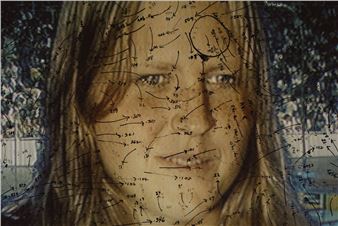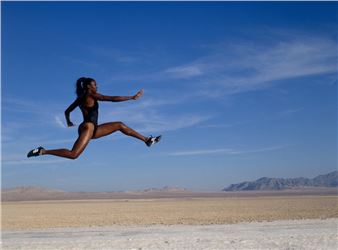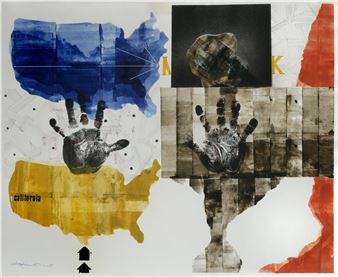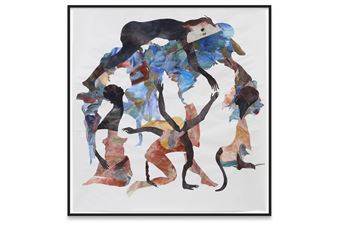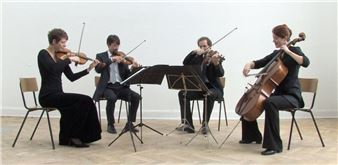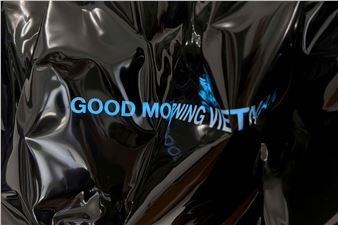Ola Kolehmainen: Geometric Light
The Finnish artist Ola Kolehmainen (b. 1964, lives and work in Berlin) traces the great architects in his photographic work. Not only the architectonic monuments of European Modernism built by Alvar Aalto, Mies van der Rohe, Frank Gehry, Sauerbruch Hutton, but also the Hagia Sophia or mosques built by Mimar Sinan from the 16th century, serve as the starting point of his reflections.
Kolehmainen earlier work is stimulated by the geometric structures of façades, the grid design of ceilings, their reflective windows of the selected icons of building history. At the point where nature meets architecture in the form of reflection, his minimalist, aesthetic practice, which was strongly influenced by James Turell and Carl Andree sets in. It thrives on both structure and the chromaticity of architecture, building history and the site-specific light.
After long and meticulous work processes, in which Kolehmainen explores the life of the architect, the role of the specific building for the architect‘s body of work and its effect on other architects, the artist eventually detaches his photographic work from the original in order to tackle the overriding questions: what do we see? What does the camera see? What is real? The results are images devoid of human figures full of peace and quiet.
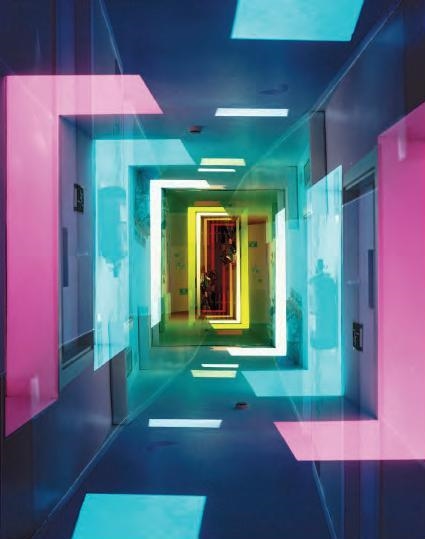
Recommended for you
The Finnish artist Ola Kolehmainen (b. 1964, lives and work in Berlin) traces the great architects in his photographic work. Not only the architectonic monuments of European Modernism built by Alvar Aalto, Mies van der Rohe, Frank Gehry, Sauerbruch Hutton, but also the Hagia Sophia or mosques built by Mimar Sinan from the 16th century, serve as the starting point of his reflections.
Kolehmainen earlier work is stimulated by the geometric structures of façades, the grid design of ceilings, their reflective windows of the selected icons of building history. At the point where nature meets architecture in the form of reflection, his minimalist, aesthetic practice, which was strongly influenced by James Turell and Carl Andree sets in. It thrives on both structure and the chromaticity of architecture, building history and the site-specific light.
After long and meticulous work processes, in which Kolehmainen explores the life of the architect, the role of the specific building for the architect‘s body of work and its effect on other architects, the artist eventually detaches his photographic work from the original in order to tackle the overriding questions: what do we see? What does the camera see? What is real? The results are images devoid of human figures full of peace and quiet.
Artists on show
Contact details


 ARTISTS
ARTISTS







